#native flax
Explore tagged Tumblr posts
Text
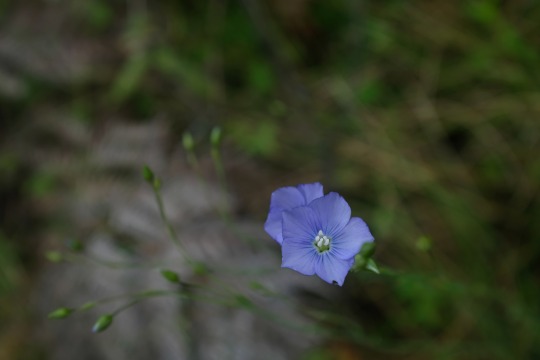
2022_12_30
2 notes
·
View notes
Text
I just felt the urge to show that my garden has more than *just* purple flowers!
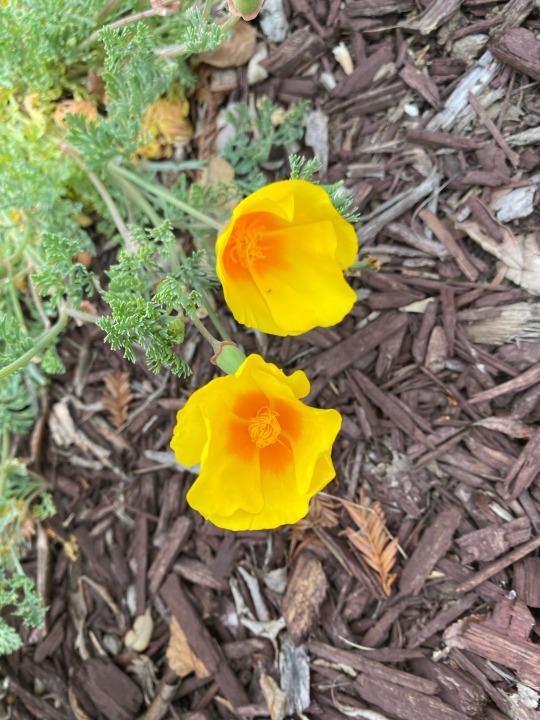
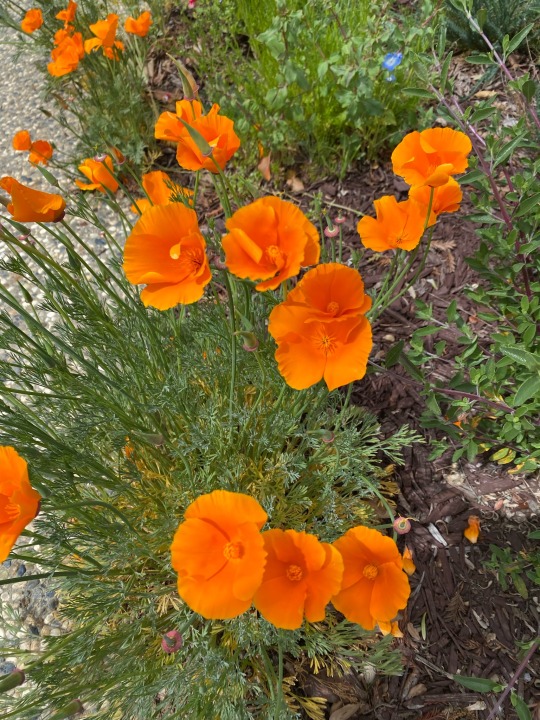
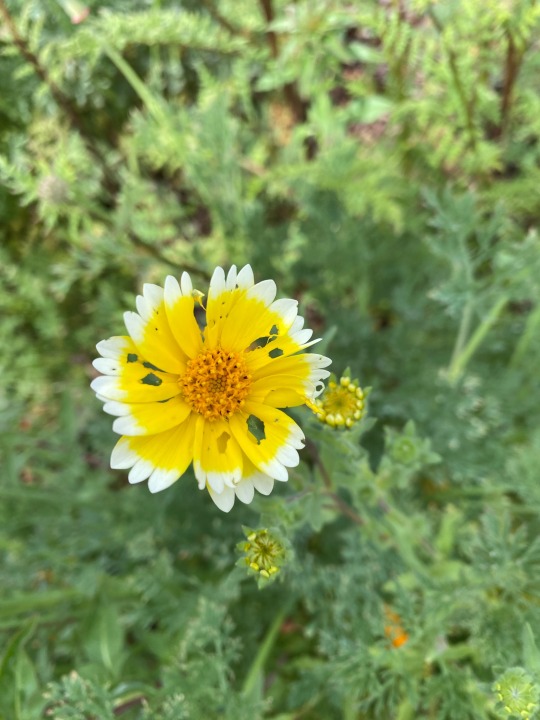


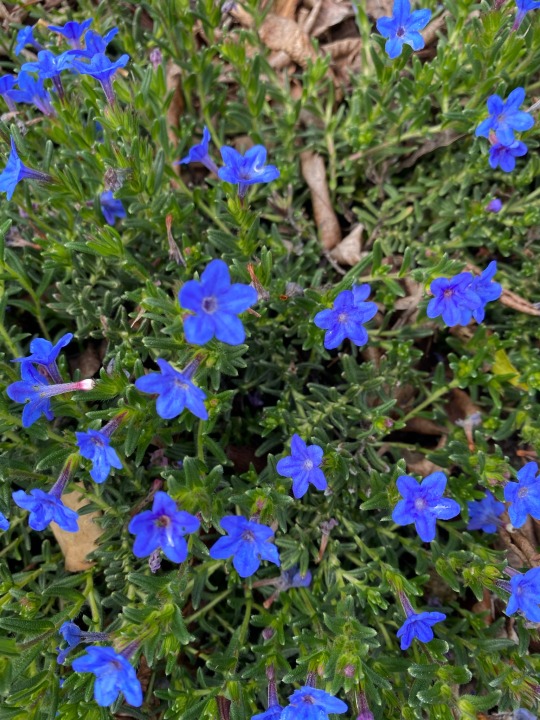
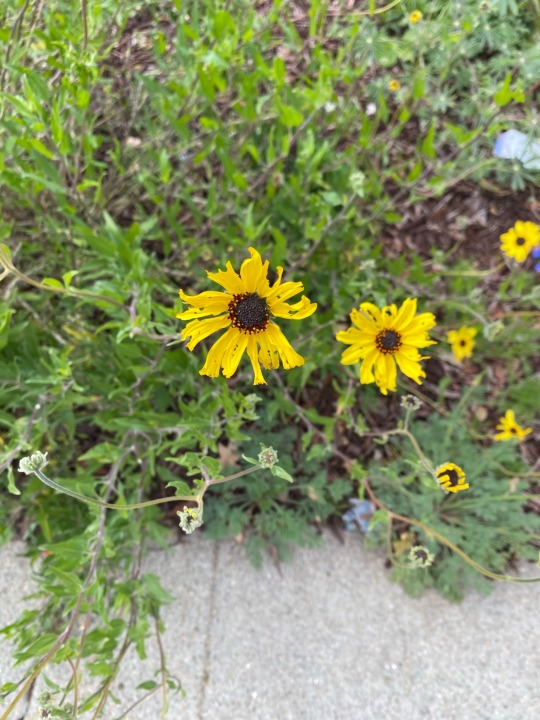
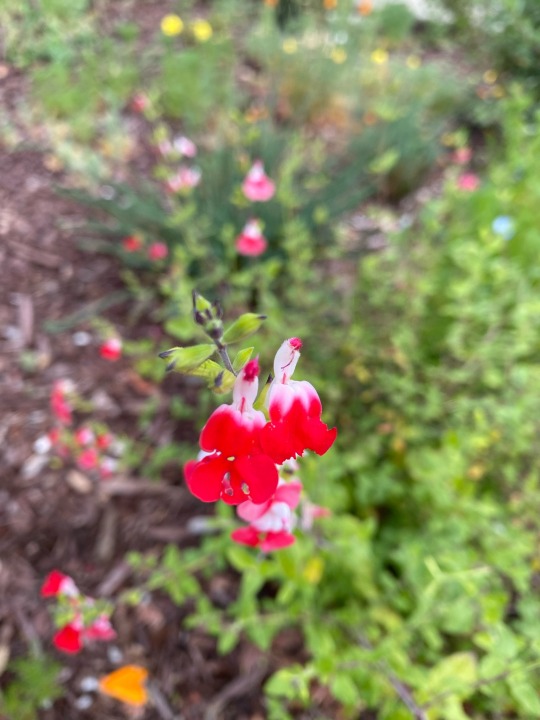
#gardening#garden#native plants#pollinators#flowers#california#flax#tidy tips#poppies#purple flowers are still my favorites though
42 notes
·
View notes
Text

https://wildflower-seed.com/
#archive#archiving#web archive#california#napa valley#flowers#native flowers#california native plants#california poppy#arroyo lupine#five spot#five-spot#baby blue eyes#baby-blue-eyes#perennial flax#chinese houses#gilia#bird's eyes#california bluebell#bluebells#godetia#fiddleneck#tidy tips#beach evening primrose#lupine#flax#satin flower
11 notes
·
View notes
Text
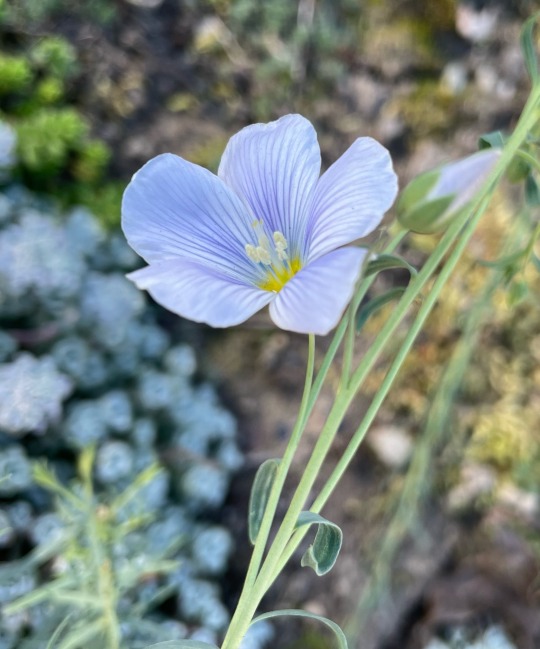
9 notes
·
View notes
Text
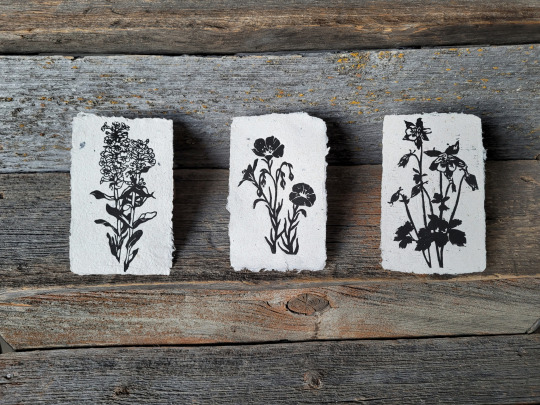
Native plant miniprints posts part two! These prints will be available on my etsy on the equinox, m.20 2023.
Since part of why I wanted to work on this project is that I wanted to learn more about familiar, local plantlife (I'm on treaty 7), I figured I should share some of that information while posting them. If you have any other information about these plants please share! Many of these plants have been used medicinally but thats not info I'm qualified to give.
Smooth Blue Beard Tongue, Penstemon nitidus - grows in rocky, sandy conditions - gets its name from the fuzzy yellow stamen "tongue"
Wild Blue Flax, Linum lewisii - can be used to make cordage, fabric, paper etc.
Blue Columbine, Aquilegia brevistyla - sometimes called granny's bonnet - comes in a ton of different colors - their latin name Aquilegia references eagle claws for the curling spur petals
find the rest of the posts here, including any future additions:
1/2/3/4/5/(tbc)
#treaty 7#mohkístsis#alberta#calgary#yyc#botanical art#floral art#plant local#floral print#spring equinox#plant native#blue beard tongue#wild blue flax#blue columbine#columbines#granny's bonnet
8 notes
·
View notes
Text
Extremely charmed by this post, as a non-crafter who periodically gets into the hypotheticals of prehistoric clothing and textile manufacture. It's almost enough to persuade me to get into natural fibre. I say almost because I know myself very well, and this is like the third time I've thought about making my own string and rope. And it's February.
I'll probably stick to foraging for edible plants, that's keeping me busy enough, especially in spring. But I'm reblogging this to keep it in the back of my mind, in case I ever do get the urge to make nettle textile.
it's definitely my predisposition to extreme frugality+redneck engineering, but i'm now obsessed with creating things literally without buying Anything. no supplies no tools no nothing, only the stuff you can just find outside, like Plants, Sticks, and Rocks.
I'm making textiles with nothing but foraged plant materials using no tools except sticks. Nature allows you to do this! There's no rules! I mean okay well maybe there might be some rules sometimes but they're just weak human rules! The plants themselves? They're like "Why sure! You can make yarn with nothing but fibers from the dead stem I don't need anymore, a couple sticks from that tree over there, and your own body and mind! Why not?"
Plants like to give us gifts! And nobody has the power to stop them!
#crafting#this post is so enthusiastic and positive#it made me smile#I'm not a crafty person just crafting aligned#aka my mother is addicted to knitting#and just about every fibre craft there is#so I've absorbed a lot of the basics of how to make yarn#I'm shit at spinning though#and I live next to a province that used to be big at flax growing and which still has smaller businesses growing flax and selling linen#also I'm European so flax is native ofc
19K notes
·
View notes
Note
would someone name their child "Terracottakit" i bring this up because i remembered cats can be named after tools in BB and i have to know
Yes, Terracottakit is a valid BB name! More tool and expansion names for everyone who wants to use them;
Prefixes/Valid baby names that won't culturally prompt a "bit odd innit?":
(So no foods)
Linen
Leather
Stitch
Wicker
Paint
Pigment
Ball
Turtle is the same word for bowl in Clanmew, because turtles are not native and ALWAYS turned into bowls when caught. Bowl/dish/plate/turtle is a valid prefix.
Cloth
Pawn (this word actually comes from nuts and acorns, funny enough. The etymology of pawn is super interesting)
Rope
Timber (canon name also)
Suffixes/Names that could hit like Honor Titles for skilled artisans, depending on the leader.
Bettle (to turn toxic or unpalatable things edible through processing)
Breaker (usually flax-related)
Weaver
Spinner
Charm
Carve (Snowkit's angelic name is Snowcarve)
Dye
Snare (as in trapping)
Net
Anyway. Fidgetspinner valid BB warrior name.
163 notes
·
View notes
Text
Trying to reconcile my need for access to plants sacred to my folk witchcraft with my love for my local landscape by planting the counterparts that are native to my area.
Instead of normal elderberry I want to plant blue elderberry. I want to plant blue flax. I want to plant California mugwort. I want to make the native pollinators happy, even if I don’t get the exact species that is traditional to my folk magick,
49 notes
·
View notes
Text
The Australian Native

Dianella caerulea, also known as Blue Flax Lily, blooming well in the Australian Garden section of the conservatory. Photo credit: Jonathan Chua.
This is a hardy plant and a native of eastern Australia and Tasmania.
Taken against shady undergrowth with the exposure biased 2-1/3 stops darker to preserve as much of the highlights as possible.
#photographers on tumblr#Blue Flax Lily#canon 70-300mm#Dianella caerulea#flora fauna#flora photography#flower pics#lumix photography#panasonic lumix dc-s1#photography tips
27 notes
·
View notes
Text

ETIOSI CUISINE
OVERVIEW
Etios Nation is a Great Kingdom founded by gaians, for gaians. Only minotaurs, centaurs, satyrs, fauns, and gorgons are permitted to own land here, and so these species make up the vast majority of its population. Etios’ territory encompasses hot, dry plains and cold mountains, supporting a wide variety of crops to farm and animals to hunt. The Etiosi people live a stone age lifestyle out of respect for the environment, which keeps their food pure and free of toxic chemicals.
NUT BREAD
This simple but delicious bread recipe originated with an ancient tribe of fauns called the Alses-Kwaa. This native tribe shared the recipe with Matuzan colonists who founded Etios Nation, and today it has spread far and wide into foreign lands. This dense, filling bread is overloaded with nuts and seeds, primarily pine nuts, chestnuts, and almonds. Chunks of dried fruit, such as figs, are also a common ingredient. It takes a long time for nut bread to spoil, so it’s an essential snack for travelers in Etios Nation. Just one small piece provides a lot of fat, carbs, and calories.
YIYAGURT
This controversial yogurt is made from the breast milk of minotaurs. While most foreigners turn their nose up at such a dish, it is considered a normal staple for the Etiosi, especially in minotaur communities. Yiyagurt is higher in calories than other yogurt and is traditionally eaten with flax seeds. It is loaded with beneficial bacteria that is said to heal conditions of the bowel. In Etiosi culture, it’s considered taboo for males to make this yogurt. Etiosi women will not even teach their sons how to make it, only their daughters and female relatives. Eating yiyagurt made by a male is said to bring illness upon the consumer.
GRILLED HOGAWK
Pig-hawks (colloquially known as “hogawks” to the Etiosi) are one of the most common ranch animals in Etios Nation. They are large, flightless birds with sharp talons and teeth, and while they can be quite dangerous, they also produce large yields of meat and eggs. They are usually ranched by heavyweight peoples like minotaurs and centaurs, who can shrug off their attacks. This bird’s meat is prepared in numerous ways, but the traditional Etiosi way is grilled and sprinkled with seasonings, particularly tomato flakes.
GRASS
Minotaurs are the only gaians that can digest grass properly, thanks to their multi-chambered stomachs. Grass is a popular staple food for minotaurs worldwide, but in Etios Nation, it’s more than a food: it’s a whole culture. There is a world of snobbery that revolves around grass here, as Etiosi minotaurs argue about what kind of grass is best, what stage it should be harvested, and whether it should be eaten raw or cooked. Some grass-snobs will even argue about the composition of the soil it is grown in and how much it should be watered to produce the best taste. Most non-minotaurs just can’t understand all this fuss around a plant they only walk on.
SATYR WINE
Etios Nation is home to unique nature preserves, where satyrs are free to live their traditional, nomadic lifestyles in the wilderness. These satyrs produce a traditional type of wine simply known as “satyr wine”, and its recipe varies depending on the individual satyr who makes it. Most commonly, it is made from berries that were foraged from the wild. Female satyrs rarely make this wine themselves, but instead receive it as a gift from males who are trying to seduce them. A lot of this wine is exchanged at satyr revels; big parties where satyrs and nymphs congregate for days on end. Oftentimes satyrs will produce too much wine and sell the excess to Etiosi colonists. A steady flow of satyr wine pours from Etios’s nature preserves on a daily basis, so it can be found at most markets throughout the nation.
LAMSAKA
This dish is made by layering a sheet of scrambled hogawk eggs and cheese over minced mutton and tomatoes. This is a favorite dinnertime dish of all Etiosi peoples, but especially centaurs and minotaurs. It is fatty and filling, with a taste so good it’s hard not to overindulge. When foreigners think of Etiosi cuisine, the first thing that usually comes to mind is Lamsaka. It’s actually an ancient Matuzan dish from the Olive Plains region, but when this region was colonized by Etios Nation, lamsaka saw a boost in popularity and became associated with the colonizers.
BEAN SOUP
A dish most popular with Etiosi fauns. It is a creamy soup served in a gourdskin bowl, loaded with beans, tomatoes, corn, and chunks of squash. Etiosi bean soup sends most consumers running to the bathroom due to its very high fiber content, but faun bellies are well-suited to handle it. In fact, fauns can become fatally ill if they don’t consume enough fiber, so many fauns eat this soup as an everyday staple to keep themselves healthy. When eaten in small portions, it is a healthy choice for other peoples too. Traditional bean soup is vegetarian, as fauns don’t digest meat very well. But when prepared by other peoples, it usually contains mutton or poultry.
YIYATSI
Yiyatsi translates to “breast drink” in Kwaanese, the ancient language of the Alses-Kwaa tribe. A fitting name, for this drink quite literally comes from the breasts of female minotaurs. Yiyatsi is consumed worldwide, but is most common in Etios Nation simply due to the sheer concentration of minotaurs living there. Female minotaurs are well known for over-producing milk. They lactate for years after giving birth, produce more than a single child could ever drink, and this milk is well-tolerated by all other peoples. Because of this, it is often bottled and sold to hospitals, orphanages, and even grocers. Most peoples wouldn’t dream of consuming such a thing, but Etiosi culture embraces yiyatsi as a traditional beverage for all. It is dense in fat, nutrients, and calories, so it’s a popular drink for soldiers, athletes, and anyone looking to bulk up their muscles.
HONEY POCKET
These delicious cookies originated from the Pronga faun tribes of the Midland Jungle. However, many Pronga migrated south during the Gaian Exodus, an event which formed Etios Nation. Their ancient honey pocket recipe survived the migration and became a popular dessert for all Etiosi peoples. Honey pockets are soft, sugary cookies filled with honey and sometimes also fruit. They are traditionally served warm. This big shot of sugar is best enjoyed in moderation, as eating too many can lead to tooth decay and diabetes. Since casting spells burns calories, mages are especially fond of them. They are also a good travel snack that won’t spoil for a long time.
FISH WRAP
Raw fish is eaten mostly by Etiosi’s Aquarian population, but sometimes Terrian peoples eat it too. Terrians are at greater risk of foodborne illness from uncooked seafood, while Aquarians have the guts to resist these illnesses. The fish wrap is a dish that originated with sirenes living along Etios Nation’s coastlines. It is raw fish strapped to a piece of tofu with seaweed. Alternatively, the fish may be strapped to a pickle spear or some other vegetable. While the raw version remains most popular with Aquarians, Terrians tend to prefer this dish cooked.
*
Questions/Comments?
Lore Masterpost
Read the Series
11 notes
·
View notes
Text
The original "medicine men" in history were actually women. Briffault writes on this subject, "The connection of women with the cultivation of the soil and the search for edible vegetables and roots made them specialists in botanical knowledge, which, among primitive peoples, is extraordinarily extensive. They became acquainted with the properties of herbs, and were thus the first doctors." He adds:
The word "medicine" is derived from a root meaning "knowledge" or "wisdom" - the wisdom of the 'wise woman." The name of Medea, the medical herbalist witch, comes from the same root.... "The secret of the witch," said an Ogowe native, "is knowing the plants that produce certain effects, and knowing how to compound and use the plants in order to bring about the desired result; and this is the sum and essence of witchcraft." In the Congo it is noted that woman doctors specialise in the use of drugs and herbal pharmacy. In Ashanti the medicine women are "generally preferred for medical aid, as they possess a thorough knowledge of barks and herbs." In East Africa "there are as many women physicians as men." (The Mothers, vol. I, p. 486)
Dan McKenzie, in The Infancy of Medicine (1927), lists hundreds of ancient remedies, some of which are still in use without alteration, while others have been only slightly improved upon. Among these are substances used for their narcotic properties. A fleeting review indicates the astounding scope of these medicinal products. Useful properties were developed from acacia, alcohol, almond, asafetida, balsam, betel, caffeine, camphor, caraway, chaulmoogra oil (a leprosy remedy), digitalis, gum barley water, lavender, linseed, parsley, pepper, pine tar, pomegranate, poppy, rhubarb, senega, sugar, turpentine, wormwood, and hundreds more. These came from regions all over the globe-South America, North America, Africa, China, Europe, Egypt, etc. Not only vegetable but animal substances were made into remedies; snake venom, for example, was converted into a serum to be used for snake bites, the equivalent of today's antivenin.
According to Marston Bates, very little had been added to this remarkable ancient collection of medicine, until the discoveries of sulfa and antibiotics. "How primitive man discovered the ways of extracting, preparing and using all of these drugs, poisons and foods, remains one of the great mysteries of human prehistory," he writes (The Forest and the Sea, p. 126). But it is not so mysterious when we look in the direction of the female sex and become acquainted with the hard work, vast experience, and nimble wits of primitive womankind, preoccupied with every aspect of group survival.
Not only medicine but the rudiments of various other sciences grew up side by side with the craft and know-how of women. Childe points out that to convert flour into bread requires a knowledge of biochemistry and the use of the yeast microorganism. This substance also led to the production of fermented liquors and beer. Childe also gives credit to women for "the chemistry of potmaking, the physics of spinning, the mechanies of the loom, and the botany of flax and cotton" (What Happened in History, p. 59).
-Evelyn Reed, Woman’s Evolution: From Matriarchal Clan to Patriarchal Family
95 notes
·
View notes
Text
My Garden Flowers Part 4
All photos mine. The Pennsylvania pellitory is edited for because the plant app I took the photo in washed it out. The scarlet bee balm is edited for colour because that old phone's camera sucked.























In order of appearance:
091. Pennsylvania Pellitory (Parietaria pensylvanica) A common garden weed, but as it's native it can stay in some places.
092. Perennial Flax (Linum perenne) In spite of the name she sadly didn't come back or reseed. Shame because she looked really nice in that area. Oh well. I'll have to try in another spot.
093. Showy Tick-Trefoil (Desmodium canadense) She tricked me! I thought she hadn't made it as she hadn't come up by late June so I got another one and put her in a different area...only for this one to come up. And if you're thinking, oh, she's just a late bloomer, I should have waited, well, she came up in May this year. Because of course she did.
094. Virginia Mountain Mint (Pycnanthemum virginiana) She smells like something you'd want to season steak or something with and would probably do very well at that but I've never cooked a steak before. Maybe I'll try her in pesto some day.
095. Devil's Tongue (Opuntia humifusa) She flowered for the first time last year and is flowering again this year!
096. Fragile Prickly Pear (Opuntia fragilis) Not pictured as she hasn't flowered yet. She's still quite little. I might break off a piece of her to try growing in that really tough spot. If she can survive summer to winter in a pot, surely that area shouldn't be too harsh for her.
097. Thrift Seapink (Armeria maritima) She's tough enough to survive winter in a pot and did so for three years, but last winter was apparently too much for her. Again, I think it was just too dry. She was pretty much only happy there in the spring and fall, though, so maybe it's just as well. The new one I planted elsewhere seems happy in all seasons.
098-099. Lance-Leaved Tickseed (Coreopsis lanceolata) Usually only the cultivars have those red markings! I'm assuming there's been some cross-pollination with other gardens because I did not plant that. My tickseeds are all straight amber. Unless she independently produced the colour on her own as a sport. Interestingly enough, none of them are showing that colouration this year.
100. White Sagewort (Artemisia ludoviciana) I wasn't actually supposed to have this one. I'd ordered the less aggressive A. frigida, but oh well. Maybe she'll attract American lady butterflies some year. Not pictured as she hasn't flowered yet. She smells like something you'd use to season stuffing.
101. Blue-Eyed Grass (Sisyrinchium angustifolium) After several attempts in different areas, trying my hardest to follow what the information online said she would need, but somehow failing, this one at last seems to be doing fine.
102. Dotted St. John's Wort (Hypericum punctata) I didn't plant that. Either a gift of the wildlife or a dormant seed came to life when I removed the grass.
103. Roundhead Bushclover (Lespedeza capitata) Another one I've had several attempts with, but she seems to like it there.
104. Curlycup Gumweed (Grindelia squarrosa) Flowered nicely that year and I thought she didn't reseed because she didn't come up last year but there is a plant this year! It's good to remember that seeds can lie dormant for some time. :)
105. Upright Prairie Coneflower "Mexican Hat" (Ratibida columnifera) This is a cultivar and has since passed away during the winter.
106. Rocky Mountains Bee Plant (Cleomella serrulata) She reseeded for several years but apparently not this one. Hopefully they're just skipping a year and will come up next spring. If not I'll have to attempt a different area. Anyway, pretty much the whole plant is edible with preparation, and lots of insects love the flowers.
107. Spotted Horsemint (Monarda punctata) Beloved of many insects. Sometimes I just like to sit next to her and watch the activity.
108. Wild Black Sweet Tomato (Solanum ptychanthum) She began as a weed on this property, but not anymore. She is a welcome part of my native garden with her wonderful fruits in the summer.
109. Common Sunflower (Helianthus annuus) The wild type this time, but no evidence of reseeding this year. :(
110. Alpine Rock Cress (Arabis alpina) She flowers in April before most trees have even blossomed.
111. Field Chickweed (Cerastium arvense) By the time I got to plant her in the fall some years ago, I was sure she'd die over the winter. She didn't but struggled through the warm months. But she managed to bounce back the following spring and makes a nice little carpet now.
112. Yellow Wild Indigo (Baptisia tinctoria) Not pictured as she hasn't flowered yet.
113. Butterflyweed (Asclepias tuberosa) Finally decided to flower this year! She is the only orange species of milkweed native this far north.
114. Upright Prairie Coneflower (Ratibida columnifera) The wild type. Didn't like that spot in the winter either, so I'm trying a different area this year.
115. Fringed Blue Aster (Symphyotrichum ciliolatum) Not the most colourful or compact, but makes a nice spray of pale blue violet over her dark green foliage.
116. Bluestem Goldenrod (Solidago caesia) Not pictured as she hasn't flowered yet, but she's likely to this year.
117. Black Walnut (Juglans nigra) She's been on the property long before I got here. Not pictured as I haven't gotten any pictures yet since she is very tall.
118. Field Pussytoes (Antennaria neglecta) Compact and low-growing foliage create a mat, with these delicate stems poking out with what looks like kitten toes that pass for the plant's flower.
119. Aster (Symphyotrichum) I don't know what she is yet, but she decided to take up residence with my pussytoes and I guess that's okay. Haven't gotten pictures of the flowers yet.
120. Dotted Blazing Star (Liatris punctata) Not pictured as she hasn't flowered yet.
#blackswallowtailbutterfly#my photos#photography#my garden#garden flowers#native plant gardening#Parietaria pensylvanica#Linum perenne#Desmodium canadense#Pycnanthemum virginiana#Opuntia humifusa#Armeria maritima#Coreopsis lanceolata#Sisyrinchium angustifolium#Hypericum punctata#Lespedeza capitata#Grindelia squarrosa#Ratibida columnifera#Symphyotrichum ciliolatum#Antennaria neglecta
8 notes
·
View notes
Text









Photos of Soviet Belarus from the Soviet Ukrainian photo book "Song of Our Native Land" a book dedicated to the 60-year anniversary of the USSR. 1982
"The Hero-City of Minsk, the capital of the Byelorussian SSR"
"Brest fortress covered with glory"
"The main conveyer at Minsk Automobile Plant"
"Byelorussian flax"
"Belovezhskaya virgin forest"
"A country festival"
#communism#history#socialism#leftism#marxism#marxism leninism#ussr#europe#soviet union#ussr history#belarus
7 notes
·
View notes
Text
The tūi is a noisy common native passerine New Zealand bird with blue, green, and bronze colours a distinctive white throat tuft (poi). It is one of two living species of the Australasian honey eater family found in New Zealand, the other being the elusive NZ bellbird. It lives in the bush and well adapted to gardens but less so to the dairying and open maize fields of Wairarapa. We have attracted some back to the orchard planting flaxes. #tui #bird #ornithology #orchards #wairarapa


8 notes
·
View notes
Text
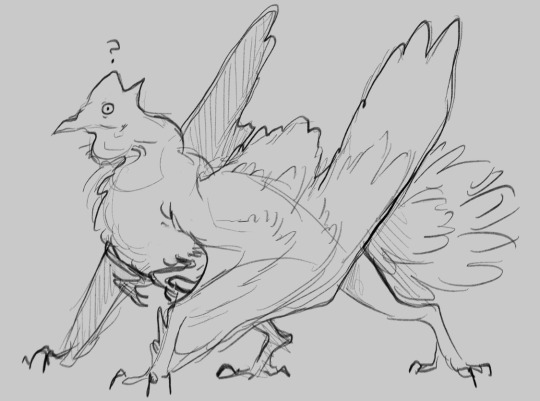
CHICKENS
Chickens, named verbally by humans after the Old World creatures of a similar disposition, are a widely distributed livestock animal kept for their meat and feathers. Chickens have been shaped by generations of selective breeding prior to Human arrival to grow and shed an impressive amount of their coats, which are comprised of sturdy, hollow “pinfeathers” that contain softer fibers within, much like a flax plant. The sheddings are then collected and woven into a material called featherwool, which was the most common textile prior to the appearance of Human animals with the Santiago and still sees prolific use to the modern day, though it sees fair competition with the introduction of manewool (see Sheep). The Dragonsign name for chickens can be roughly translated to “featherfriend”*.
Traditionally, chicken feathers were collected from the ground with a wide rake and then sieved and washed to remove dirt and debris before being processed. Since the arrival of humans gave birth to widespread industrial revolution, this process has been automated in various manners, though it’s still done manually in many smaller settlements.
*Many widespread dialects of Dragonsign have two base words for animals, one meaning, generally, “animal who is a friend”, referring to domesticated animals and pets, and one meaning “animal who is not a friend”, referring to any non-domesticated animal (regardless of hostility). Prefixes are then attached to these words to give more specific meaning. The sign that has been translated here as feather for brevity refers specifically to the hollow fiber-feathers grown by domestic chickens, as opposed to other types of flimsier branching feathers that make up the decorative frills of many Dragons.
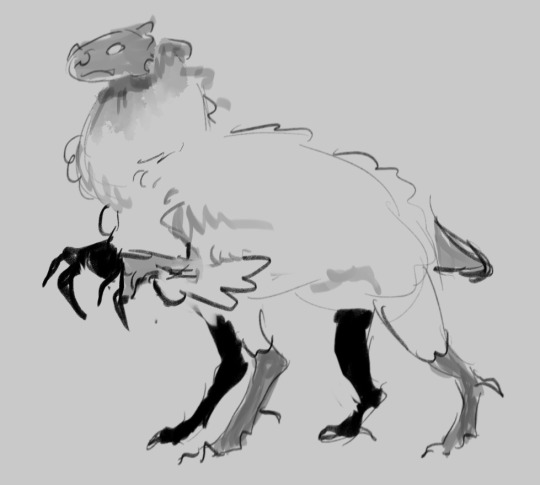
SHEEP
Sheep were named so as the successors of Old World sheep, who were introduced to Alcoritrés with the Santiago and, after mingling extensively with several local species of wild herbivores – most notably the cold-blooded greenrunners* native to nearby prairies, which led to the predominant modern-day hybrid pictured above – proceeded to thin out and almost entirely die off after a few generations or so due to their inability to evolve fast enough to survive the harsh weather that differentiated Alcoritrés grasslands from their previous pastures, leaving their genes behind in the form of their fortified hybrid offspring.
As a result, the sustained wide-scale rearing of domestic sheep on Alcoritrés only truly dates back about ~2950 years, by which time the recently-arrived Humans had recovered both the resource capacity to settle down with livestock and the hands-on knowledge of how to raise and interact with the newly-bred species.
In the modern day, sheep are kept for their meat, lanolin and wool, which is commonly referred to as manewool to differentiate it from the featherwool produced by Alcoritrés chickens. Sheep scales, spines and claws are also sometimes sold and eaten for their nutritional benefits: they contain high amounts of calcium and magnesium, similar to fish scales.
*Though the syntax resembles many Dragonsign verbal name translations, greenrunner was an epithet given to the animals (in Dragonsign called roughly grassclaw-notfriend – see the chickens footnote for further translation context)) by early Humans, whose initial encounters with them were most often when flocks of them approached the edges of the northern forest the Santiago had crashed in to search for food and shelter during harsher storm seasons. The fleeting glimpses of them along with their warbling vocalizations gave them a more eerie reputation than they rightfully deserved to the wary settlers, who weren’t entirely sure if they were observing a sentient species or not.
#fuck it. we posting. i dont want to get scared to post random shit on here or itll just be empty#LIVESTOCK LORE
13 notes
·
View notes
Text
I FOUND NATIVE FLAX SEEDS FOR ONE OF THE TALLER SPECIES!!! literally fucking frothing at the mouth in excitement rn. Oh my god.
9 notes
·
View notes